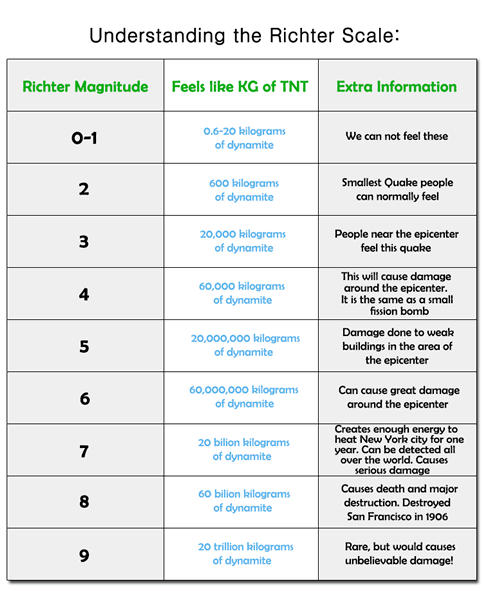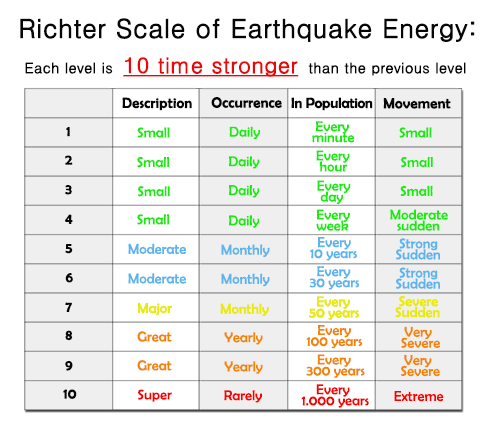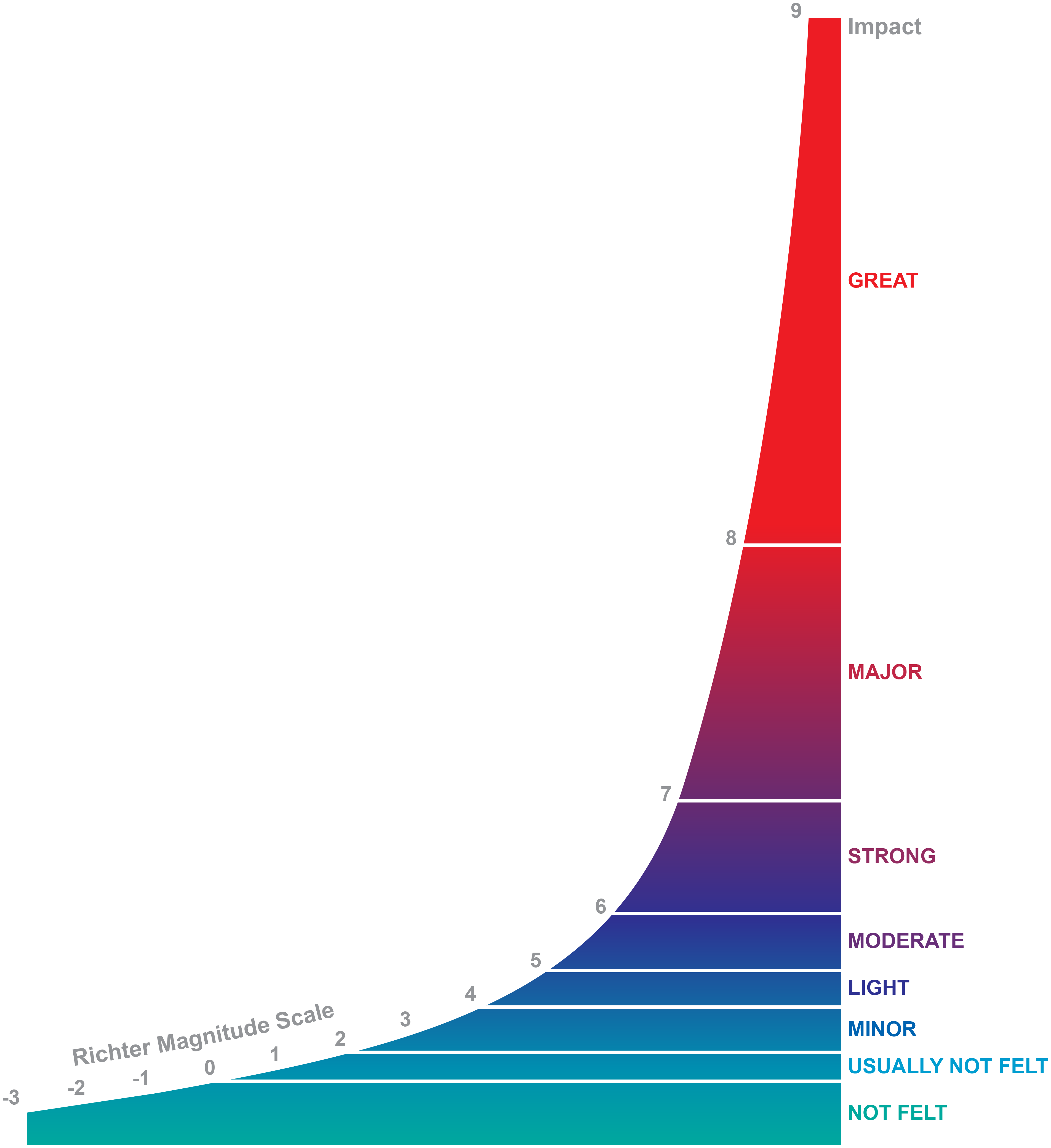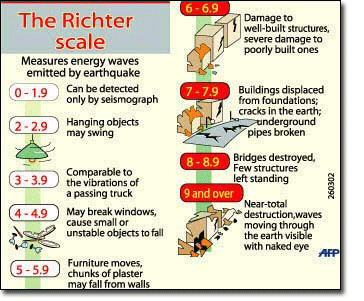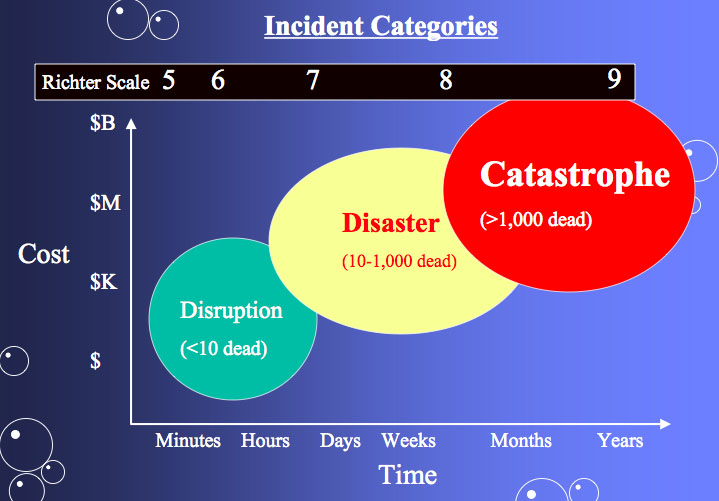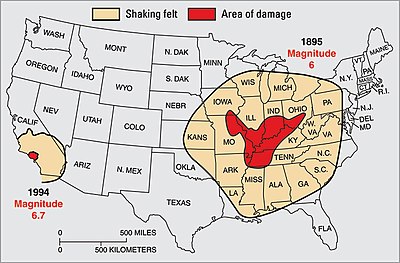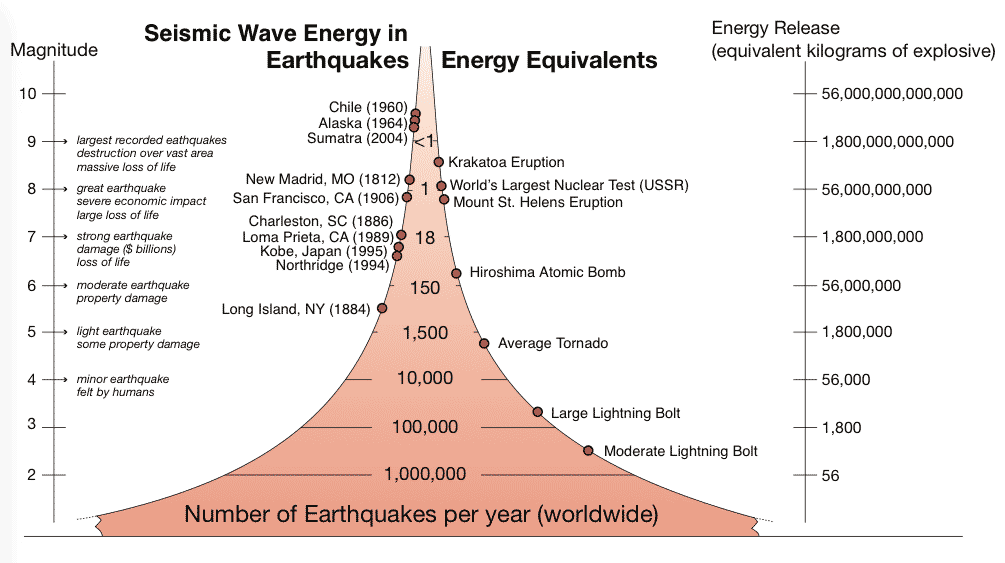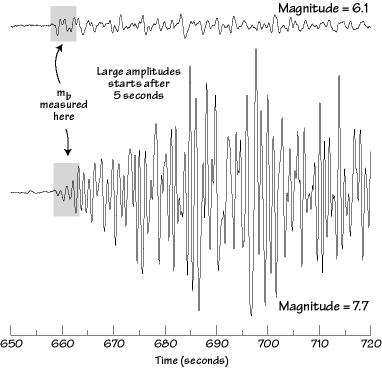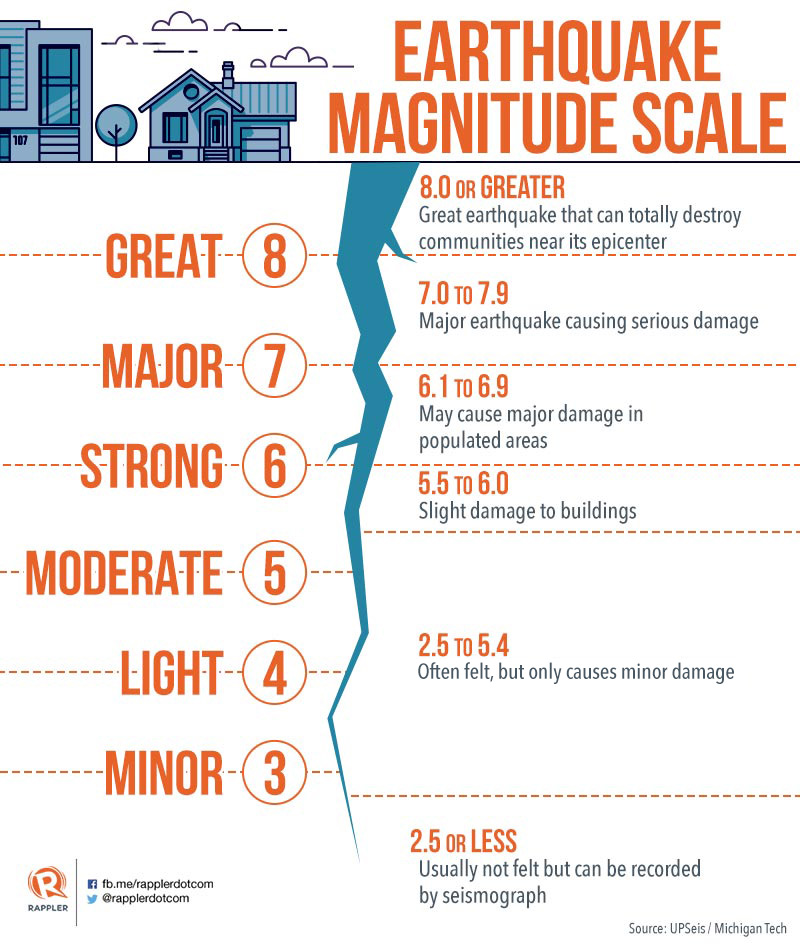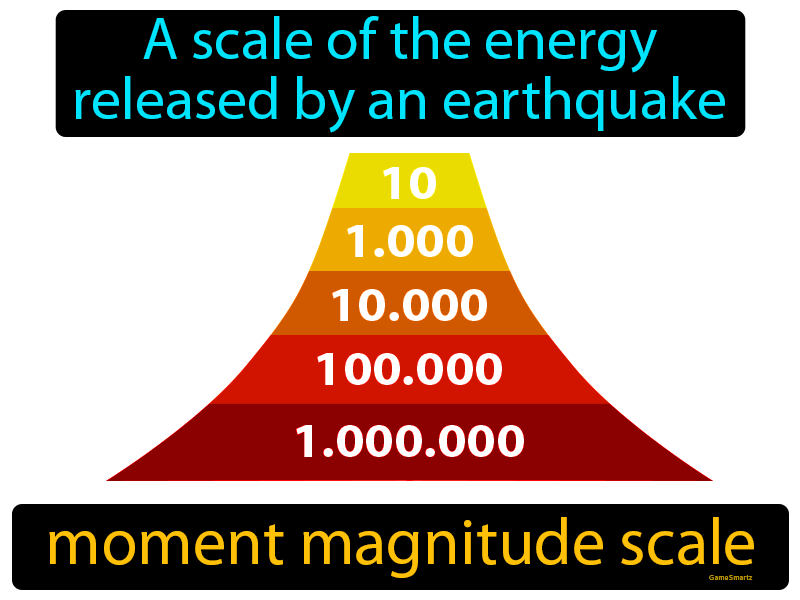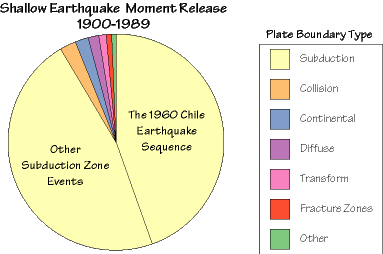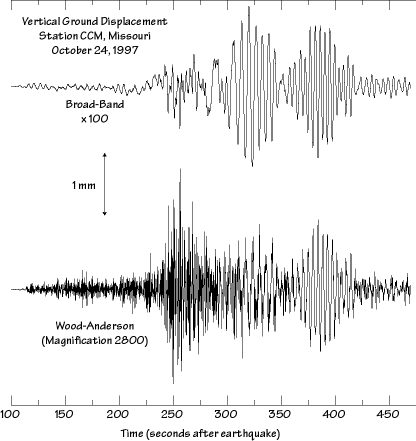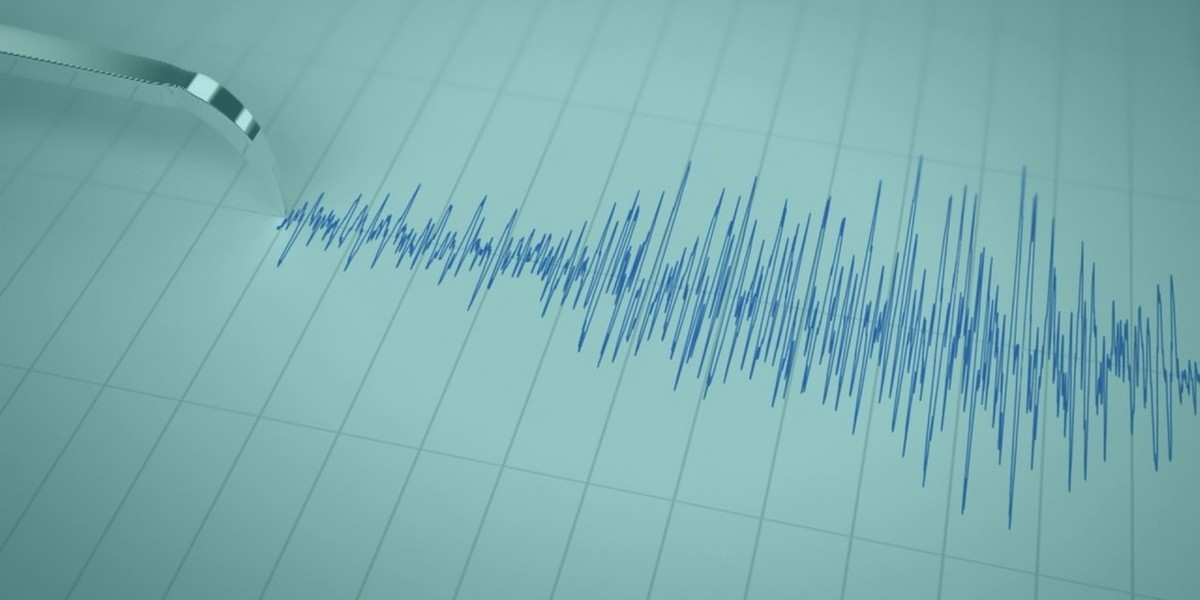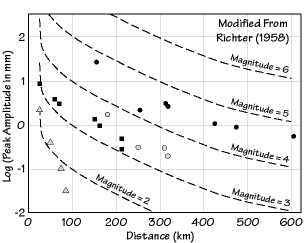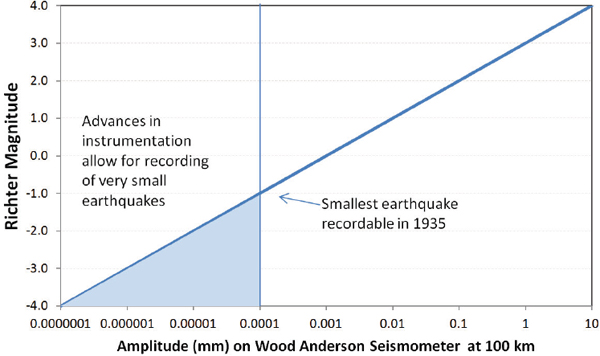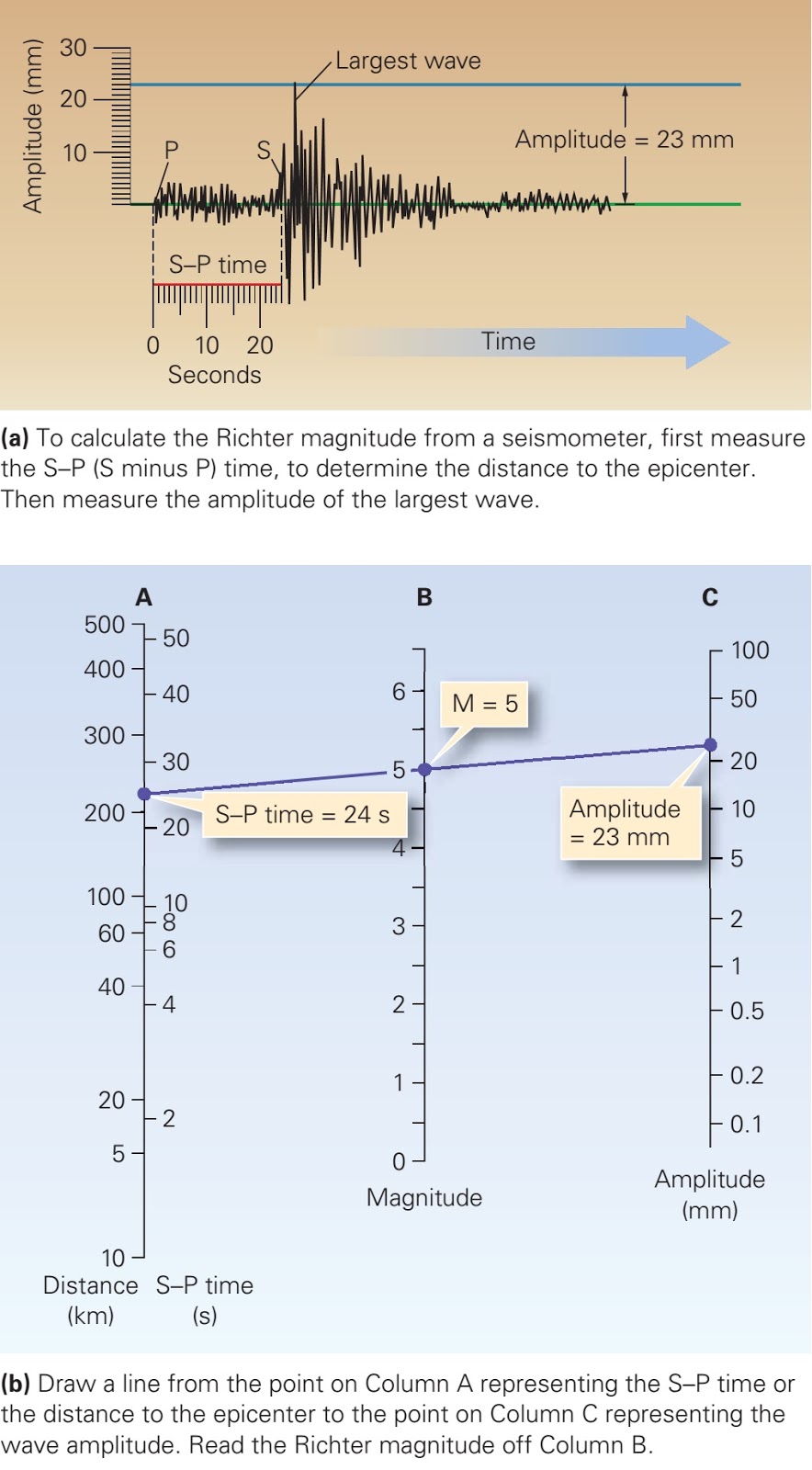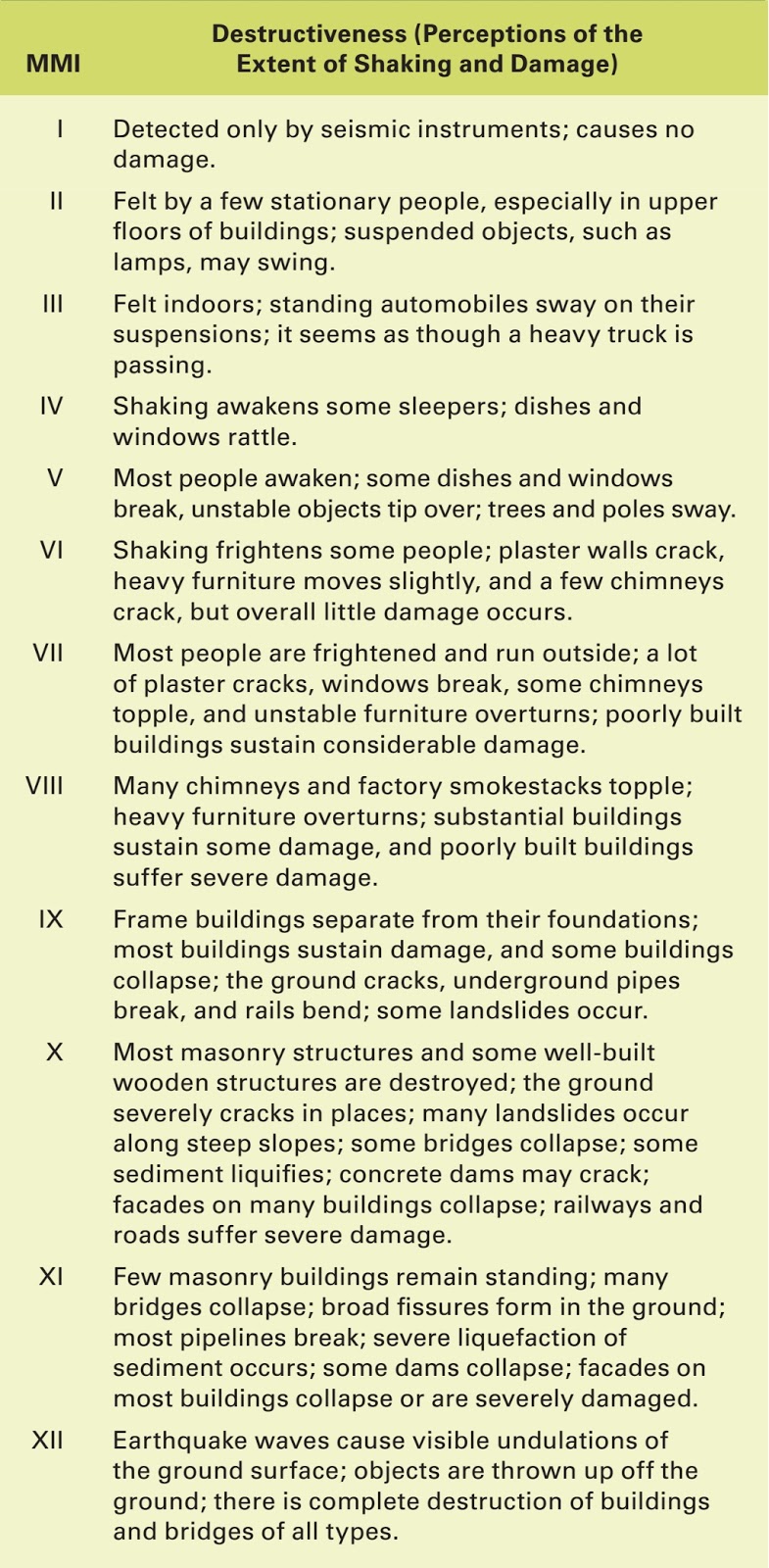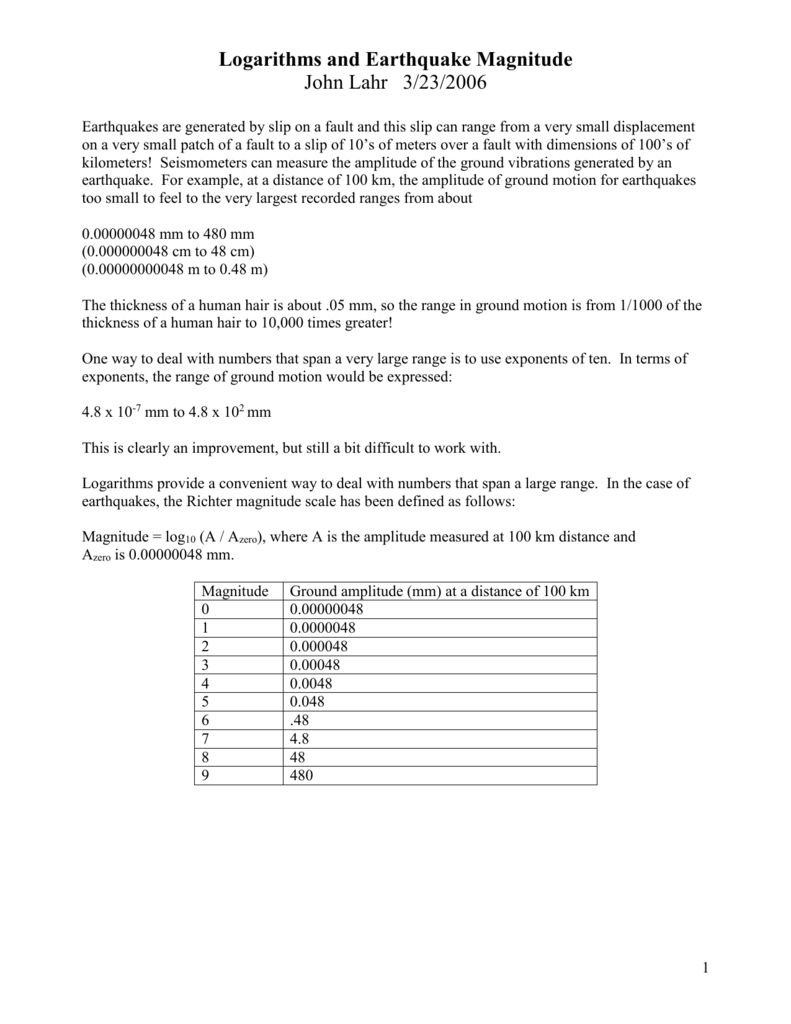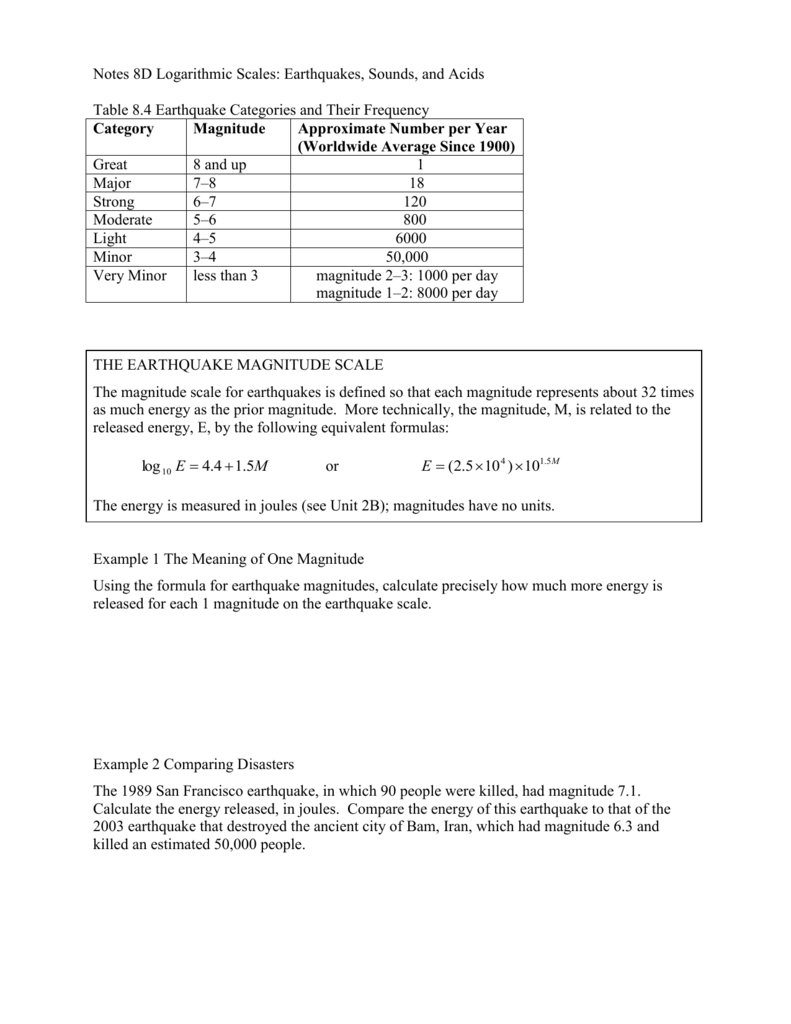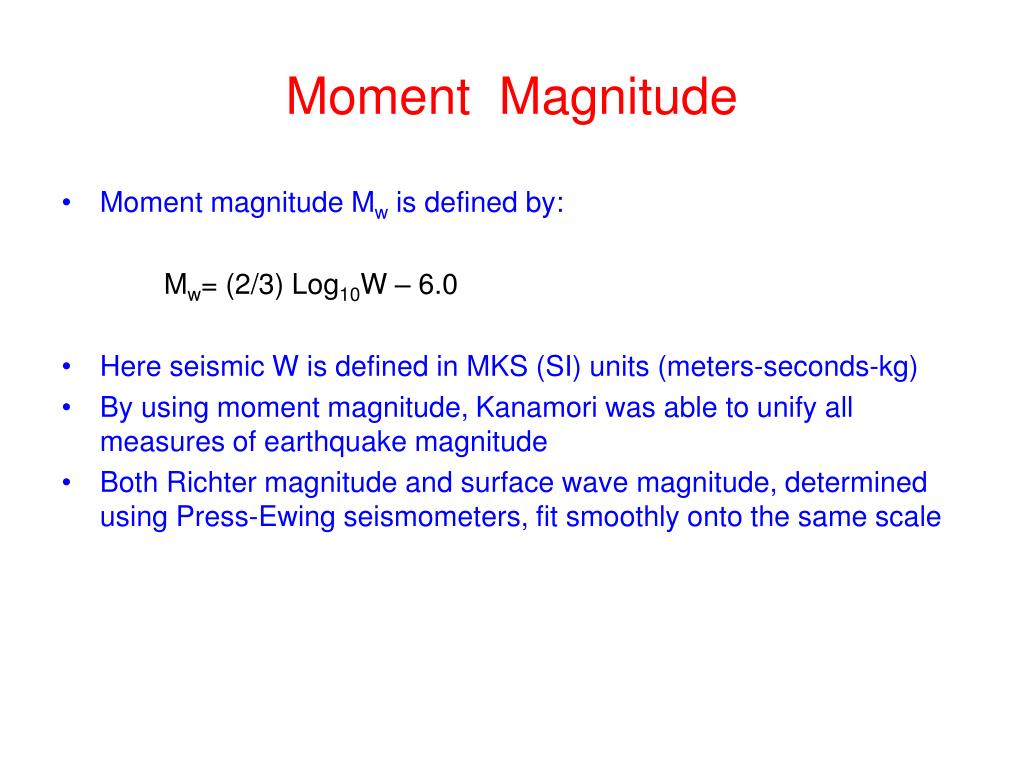Earthquake Magnitude Scale Definition
Magnitude is expressed in whole numbers and decimal fractions.
Earthquake magnitude scale definition. Usually not felt but can be recorded by seismograph. Richter and presented in his landmark 1935 paper where he called it the magnitude scale. Richter and beno gutenberg.
The moment magnitude scale mms. Often felt but. Hanks and hiroo kanamori similar to the local magnitude scale m l defined by.
The magnitude is a number that characterizes the relative size of an earthquake. Seismic magnitude scales are used to describe the overall strength or size of an earthquake these are distinguished from seismic intensity scales that categorize the intensity or severity of ground shaking quaking caused by an earthquake at a given location. Magnitude is determined using the logarithm of the amplitude height of the largest seismic wave calibrated to a scale by a seismograph.
The violence of seismic shaking varies considerably over a single affected area. Magnitude is based on measurement of the maximum motion recorded by a seismograph several scales have been defined but the most commonly used are 1 local magnitude ml commonly referred to as richter magnitude 2 surface wave magnitude ms 3 body wave magnitude mb and 4 moment. Denoted explicitly with m w or mw and generally implied with use of a single m for magnitude is a measure of an earthquake s magnitude size or strength based on its seismic moment a measure of the work done by the earthquake it was defined in a 1979 paper by thomas c.
The richter scale also called the richter magnitude scale or richter s magnitude scale is a measure of the strength of earthquakes developed by charles f. Earthquake magnitude is a measure of the size or amplitude of the seismic waves generated by an earthquake source and recorded by seismographs. The types and nature of these waves are described in the section seismic waves because the size of earthquakes varies enormously it is necessary for purposes of comparison to compress the range of wave amplitudes.
This was later revised and renamed the local magnitude scale denoted as ml or m l. Richter scale widely used quantitative measure of an earthquake s magnitude size devised in 1935 by american seismologists charles f. Magnitudes are usually determined from measurements of an earthquake s seismic waves as recorded on a seismogram.
Earthquake earthquake intensity and magnitude of earthquakes. Because of the logarithmic basis of the scale each whole number increase in magnitude represents a tenfold increase in measured amplitude as measured on a seismogram. Because the entire range of observed effects is not capable of simple quantitative definition the strength of the shaking is commonly estimated by reference to intensity scales that describe the effects in qualitative terms.
Because of various shortcomings of the m l scale most.



